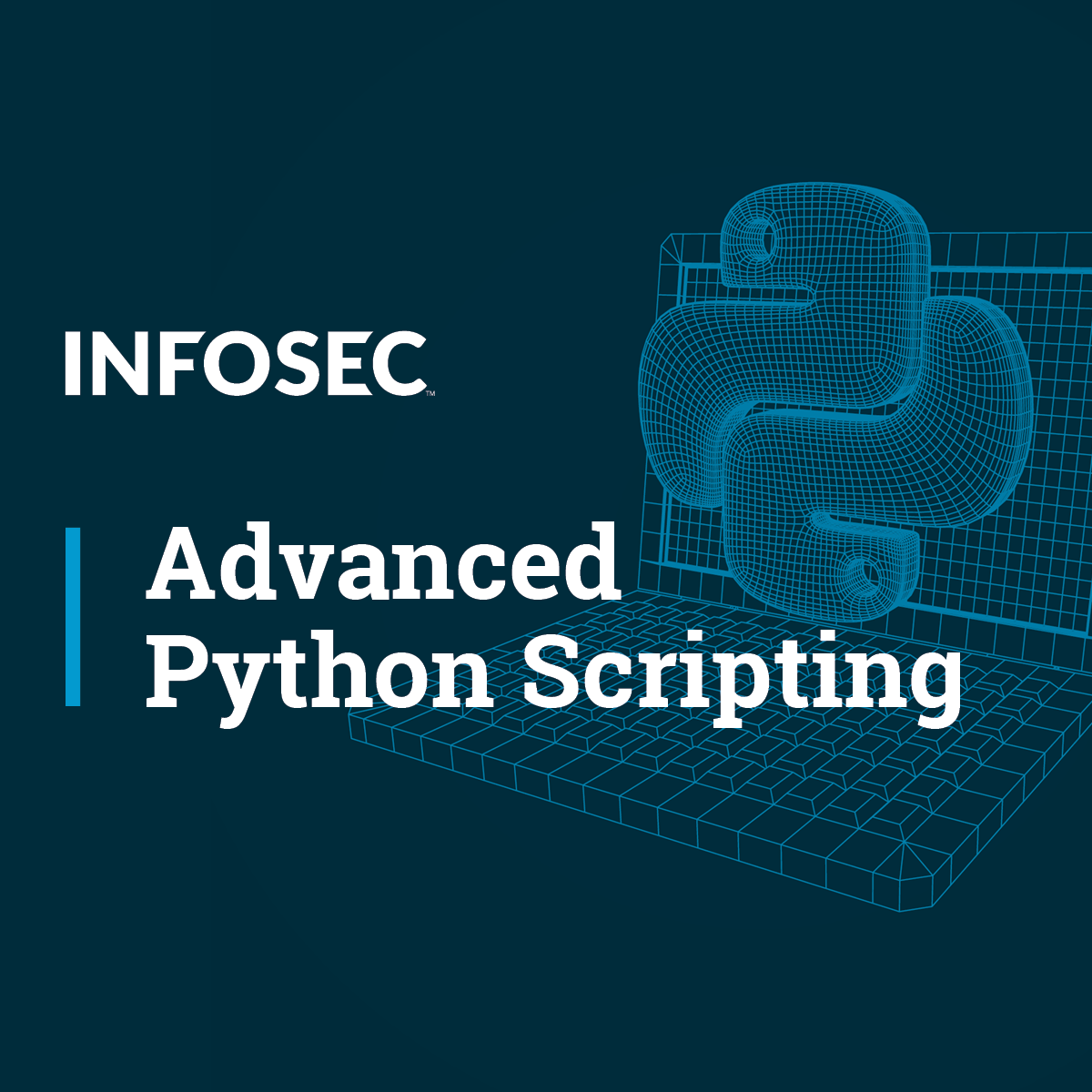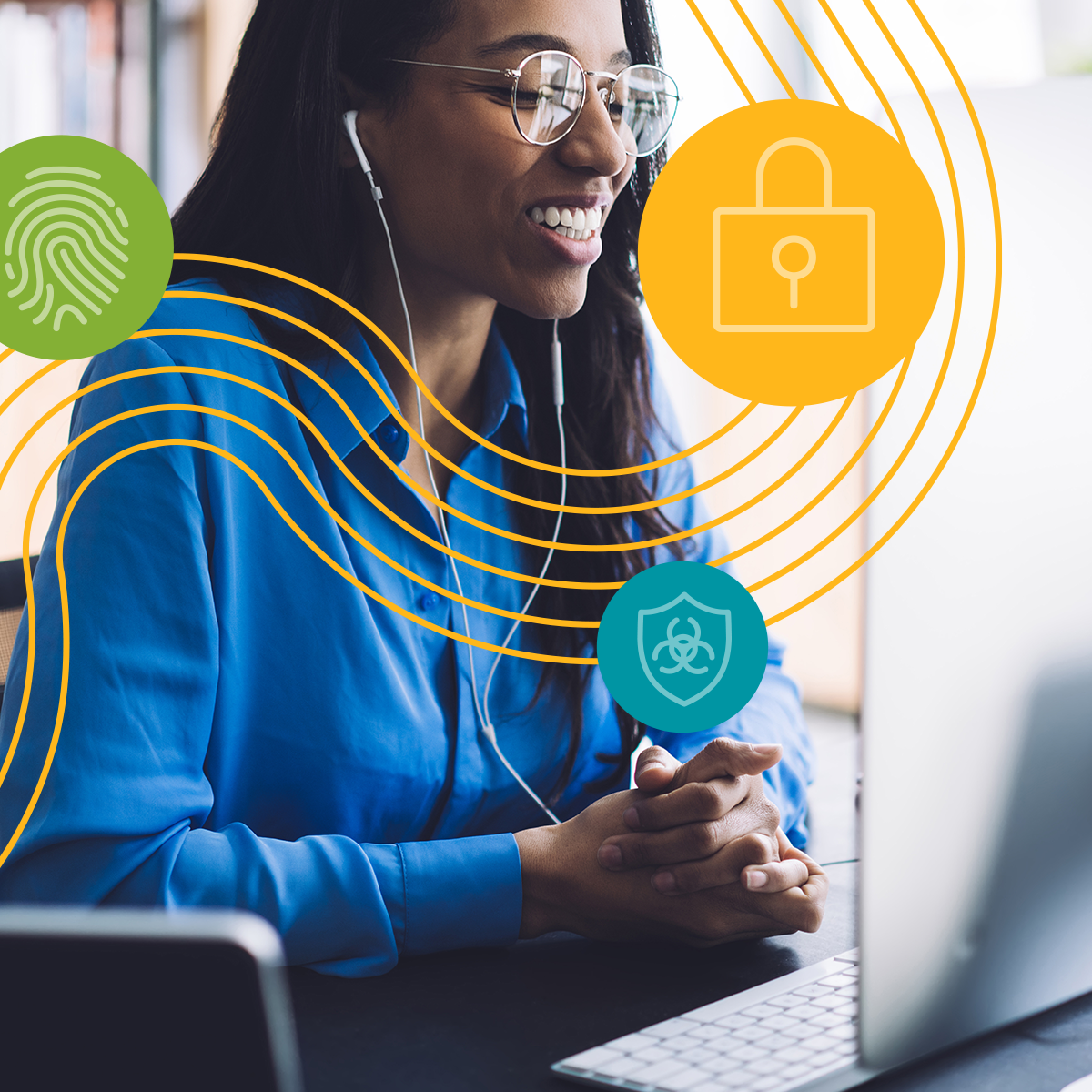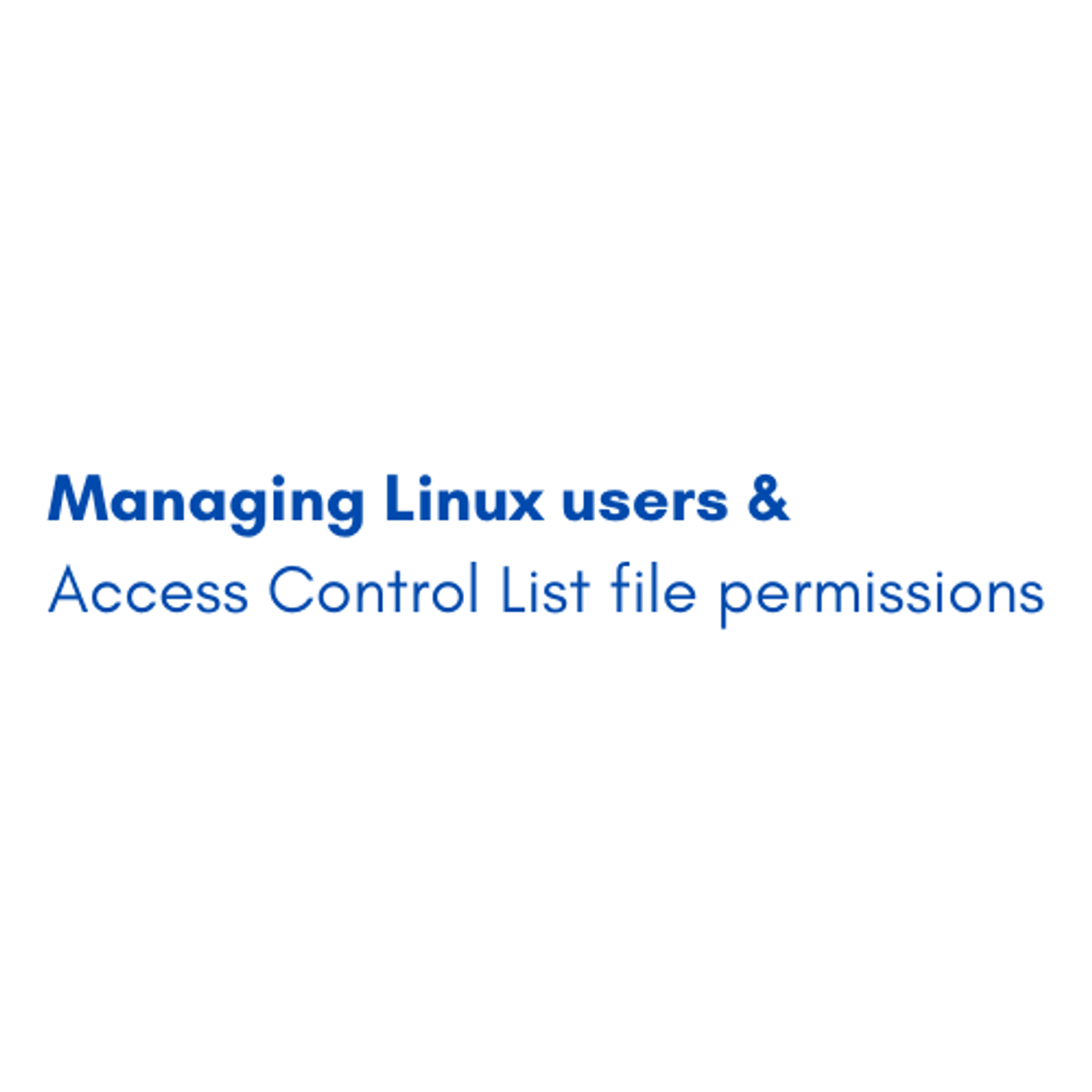Back to Courses









Computer Security And Networks Courses - Page 25
Showing results 241-250 of 277

Establishing Command-and-Control and Finding Credentials
This course demonstrates the use of Python to establish command-and-control channels between a target environment and the attackers infrastructure. This course also demonstrates the use of Python to collect information on a system, including both user credentials and other sensitive data.

Introduction to Cyber Attacks
This course provides learners with a baseline understanding of common cyber security threats, vulnerabilities, and risks. An overview of how basic cyber attacks are constructed and applied to real systems is also included. Examples include simple Unix kernel hacks, Internet worms, and Trojan horses in software utilities. Network attacks such as distributed denial of service (DDOS) and botnet- attacks are also described and illustrated using real examples from the past couple of decades.
Familiar analytic models are outlined such as the confidentiality/integrity/availability (CIA) security threat framework, and examples are used to illustrate how these different types of threats can degrade real assets. The course also includes an introduction to basic cyber security risk analysis, with an overview of how threat-asset matrices can be used to prioritize risk decisions. Threats, vulnerabilities, and attacks are examined and mapped in the context of system security engineering methodologies.

Security Features and Advanced Threat Prevention
In this course, we will describe security services such as Intrusion Prevention System (IPS), user-based firewalls, and how they are configured. You will be introduced to Juniper’s security features, such as antivirus, antispam, content filtering, and Web filtering, along with their functionality and usage. Juniper ATP Cloud (Juniper’s cloud-based Advanced Threat Prevention (ATP) service) will be introduced, along with its features, implementation, and monitoring. The course will also explain a very important feature of firewall security—Network Address Translation (NAT).

Introduction to Blockchain for Global Commerce
This course discusses the limitations of the Internet for business and economic activity and explains how blockchain technology represents the way forward. After completing this course, you will be able to explain what blockchain is, how it works, and why it is revolutionary. You will learn key concepts such as mining, hashing, proof-of-work, public key cryptography, and the double-spend problem. You’ll be able to describe seven design principles for blockchain technology, and the challenges facing the people developing it. By the end of this course, you’ll learn how and why transacting on the blockchain can help us bring about a future that is faster, fairer, and more distributed than the world we inhabit today.

Juniper Networks Junos Automation Basics and XML
This course introduces you to the Junos operating system (Junos OS) that runs on Juniper Networks routers, switches, and security devices. You will learn Junos OS automation concepts and principles and how Junos OS configuration management and operations can be performed using popular automation tools. You will also learn about Extensible Markup Language (XML) and how it is used to store Junos OS device configuration and exchange data with external automation tools. Students new to the Junos operating system (Junos OS) are encouraged to view the first module which provides an overview of Junos Operating System prior to beginning the automation and DevOps content.

Bitcoin and Cryptocurrency Technologies
To really understand what is special about Bitcoin, we need to understand how it works at a technical level. We’ll address the important questions about Bitcoin, such as:
How does Bitcoin work? What makes Bitcoin different? How secure are your Bitcoins? How anonymous are Bitcoin users? What determines the price of Bitcoins? Can cryptocurrencies be regulated? What might the future hold?
After this course, you’ll know everything you need to be able to separate fact from fiction when reading claims about Bitcoin and other cryptocurrencies. You’ll have the conceptual foundations you need to engineer secure software that interacts with the Bitcoin network. And you’ll be able to integrate ideas from Bitcoin in your own projects.
Course Lecturers:
Arvind Narayanan, Princeton University
All the features of this course are available for free. It does not offer a certificate upon completion.

Managing Linux users & Access Control List file permissions
By the end of this project, you will be able to apply and practice the important commands needed to manage your Linux system efficiently. You will be able to access information related to the user and its group ID in your Linux system using the “id” command. You will be able to switch to the root user and use it to run commands that need full privileges. Moreover, you will be able to create, modify, and delete users and groups and manage their passwords across your Linux system. Also, you will be able to identify access control lists and use “setfacl” and “getfacl” commands for setting up ACL and showing ACL respectively. Finally, you will be able to set default ACLs on directories, assign automatically the default ACL permissions to any files created within that directory and remove all set ACL permissions / ACL for a specific user on a particular file.
Note: This course works best for learners who are based in the North America region. We’re currently working on providing the same experience in other regions.

Securing Web Applications with Web Security Scanner
This is a self-paced lab that takes place in the Google Cloud console.
Web Security Scanner identifies security vulnerabilities in your Google App Engine web applications. It crawls your application, following all links within the scope of your starting URLs, and attempts to exercise as many user inputs and event handlers as possible.
The scanner is designed to complement your existing secure design and development processes. To avoid distracting developers with false positives, the scanner errs on the side of under reporting and will not display low confidence alerts. It does not replace a manual security review, and it does not guarantee that your application is free from security flaws.
In this lab, you will learn how Web Security Scanner helps identify vulnerabilities and surfaces those vulnerabilities as findings in Security Command Center to provide near realtime visibility into your organization's security posture.

Cybersecurity Job Search and Interviews: Getting Started
Are you planning to have a career in cybersecurity?
This course can help you plan your preparation for such a career as well as give some advice on finding positions and landing a position.
After completing this course, a learner will be able to:
• Define the cybersecurity field and describe its variations.
• Describe the need for qualified cybersecurity professionals in U.S. and global organizations.
• Discuss the cybersecurity professional’s role in an organization’s cybersecurity effort.
• Describe the NIST NICE Cybersecurity Workforce Framework and the use as a cybersecurity career development tool.
• Explain the structure, location, and responsibilities of the cybersecurity department in a traditional versus non-traditional organization.
• List and explain the knowledge preparation for the cybersecurity professional from an education versus training perspective.
• List and describe the various cybersecurity certifications available to cybersecurity professionals and differentiate their suitability based on the professional’s career status.
• Describe the process and resources for finding the perfect cybersecurity job.
• Discuss the expectations and issues associated with the long-term cybersecurity career.

Cybersecurity and Its Ten Domains
This course is designed to introduce students, working professionals and the community to the exciting field of cybersecurity. Throughout the MOOC, participants will engage in community discourse and online interaction. Participants will gain knowledge and understanding of cybersecurity and its domains. They will engage with expertly produced videos, gain insight from industry experts, participate in knowledge assessments, practice assessing their environmental awareness, and gain access to materials that address governance and risk management, compliance, business continuity and disaster recovery, cryptography, software development security, access control, network security, security architecture, security operations, and physical and environmental security. Learning will be assessed using strategies aligned to knowledge and understanding.
You do not need prior experience in IT security to do well in this course. All you need is a willingness to learn. We will point you to relevant open and free resources to assist you.
At the end of this course, you will have the option of applying for undergraduate level course credit at Kennesaw State University (dependent on admission to Kennesaw State University as a degree seeking or a non-degree seeking student). More information is available in final module "Receive Course (undergraduate) Credit at Kennesaw State University".
Popular Internships and Jobs by Categories
Find Jobs & Internships
Browse
© 2024 BoostGrad | All rights reserved